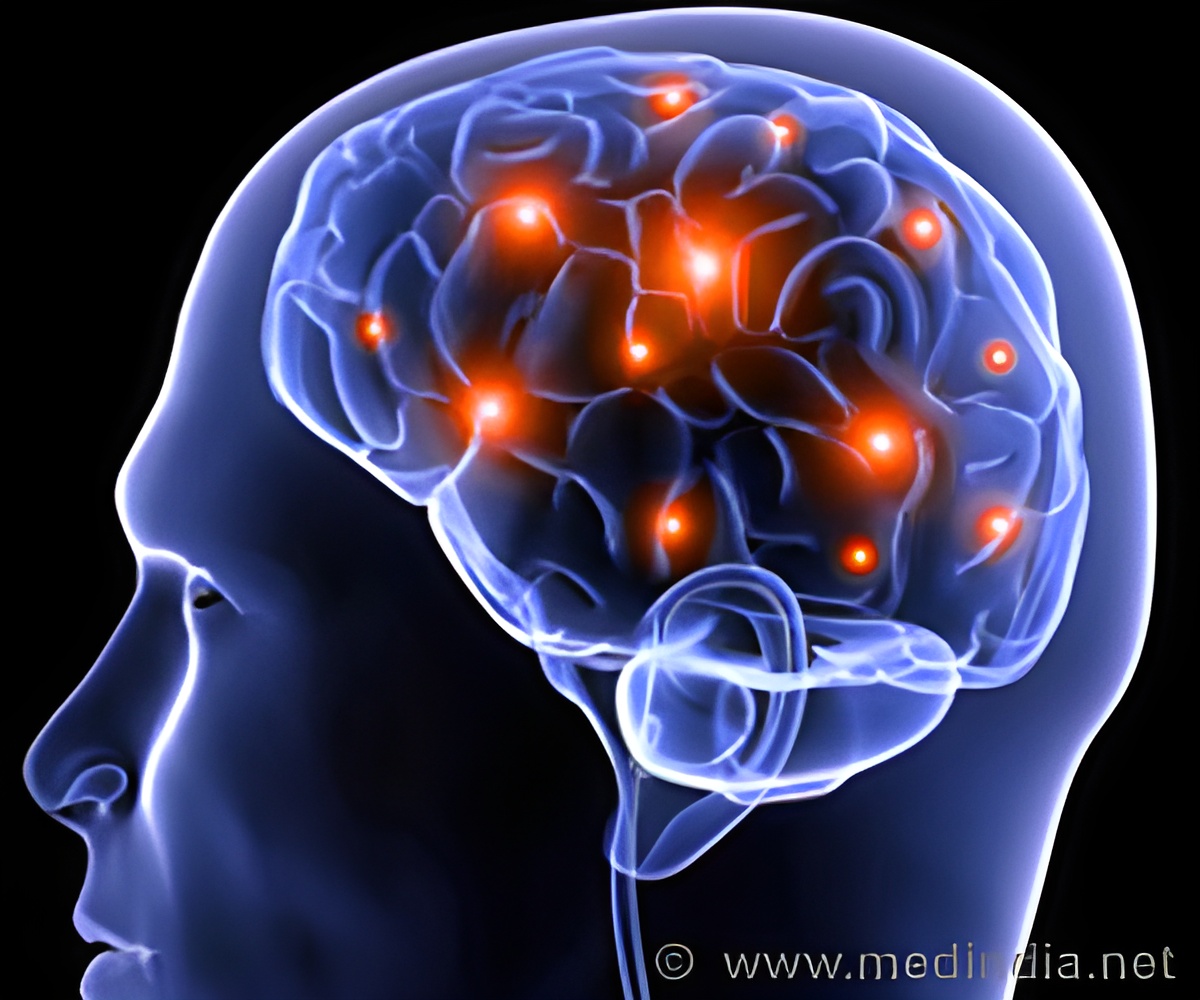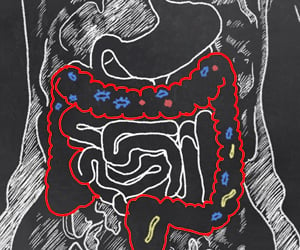University of Adelaide researchers reveal that new insights into how the human brain responds to chronic pain could eventually lead to improved treatments.

"Neuroplasticity underlies our learning and memory, making it vital during early childhood development and important for continuous learning throughout life," says Dr Ann-Maree Vallence, a Postdoctoral Fellow in the University of Adelaide's Robinson Institute.
"The mechanisms responsible for the development of chronic pain are poorly understood. While most research focuses on changes in the spinal cord, this research investigates the role of brain plasticity in the development of chronic pain."
Chronic pain is common throughout the world. In Australia, approximately 20% of adults suffer moderate to severe chronic pain. More than 100 million Americans are believed to be affected by chronic pain.
Dr Vallence, who is based in the Robinson Institute's Neuromotor Plasticity and Development Group, has conducted a study on patients with chronic tension-type headache (CTTH), a common chronic pain disorder. CTTH is characterized by a dull, constant feeling of pressure or tightening that usually affects both sides of the head, occurring for 15 days or more per month. Other symptoms include poor sleep, irritability, disturbed memory and concentration, and depression and anxiety.
"People living with chronic headache and other forms of chronic pain may experience reduced quality of life, as the pain often prevents them from working, amongst other things. It is therefore imperative that we understand the causes of chronic pain, not just attempt to treat the symptoms with medication," Dr Vallence says.
Advertisement
"Typically, when individuals undertake a motor training task such as this, their performance improves over time and this is linked with a neuroplastic change in the brain," Dr Vallence says. "The people with no history of chronic pain got better at the task with training, and we observed an associated neuroplastic change in their brains. However, our chronic headache patients did not get better at the task and there were no associated changes in the brain, suggesting impaired neuroplasticity.
Advertisement
Dr Vallence will present her findings at the European Winter Conference on Brain Research in Brides-les-Bains, France, next week.
Source-Eurekalert















